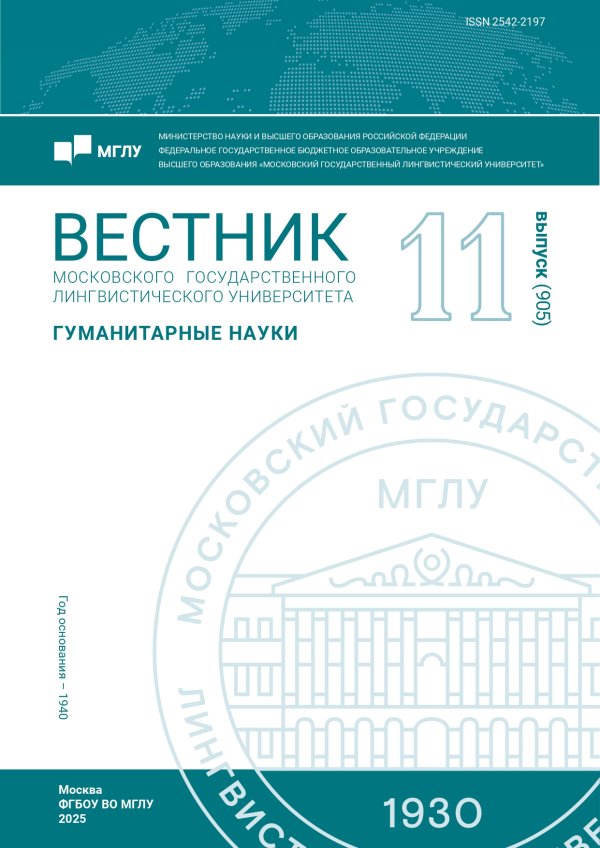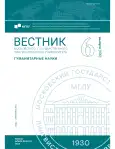Репрезентация плача в испанском языке (на материале имен существительных)
- Авторы: Попова Е.А.1
-
Учреждения:
- Московский государственный лингвистический университет
- Выпуск: № 6(900) (2025)
- Страницы: 83-89
- Раздел: Языкознание
- URL: https://bakhtiniada.ru/2542-2197/article/view/301136
- ID: 301136
Цитировать
Полный текст
Аннотация
Статья посвящена исследованию семантики и культурных коннотаций испанских имен существительных, входящих в лексико-семантическое поле ПЛАЧ. Цель исследования – выявить лингвистические и лингвокультурологические особенности значений существительных, вербализующих плач в испанском языке. Методы исследования – семантический, этимологический, лингвокультурологический анализ, сплошная выборка, статистический метод (анализ частотности употребления языковых единиц). Материал исследования – 48 испанских существительных со значением плача и плачущих субъектов, отобранных из толковых и идеографических слова рей. Результатом исследования является классификация лексем плача по смысловым группам, согласно их семантическим особенностям; выявлены стилистические, территориально и культурно обусловленные характеристики исследуемых языковых единиц.
Ключевые слова
Об авторах
Евгения Андреевна Попова
Московский государственный лингвистический университет
Автор, ответственный за переписку.
Email: o-genia@yandex.ru
кандидат филологических наук, доцент, доцент кафедры подготовки преподавателей редких языков Института иностранных языков им. М. Тореза
РоссияСписок литературы
- Товкайло Ю. А. Функционально-семантические особенности образных сравнений смеха и плача // Современные исследования социальных проблем. 2020. Т. 12. № 4. С. 323–343.
- Гусева О. А., Попова Е. А. Становление семантики глаголов плача в английском и испанском языках // Вестник Московского государственного лингвистического университета. Гуманитарные науки. 2023. № 7 (875). С. 40–47. doi: 10.52070/2542-2197_2023_7_875_40.
- Попова Е. А. Семантические компоненты частотных глаголов плача в испанском языке // Ученые записки национального общества прикладной лингвистики. 2023. № 4 (44). С. 141–155. EDN VVPJUA.
- Ротова М. С. Лексико-фразеологические поля обозначений смеха и плача в современном русском языке: дис. … канд. филол. наук. Воронеж, 1984.
- Ротова М. С. Обозначения плача в современном русском языке // Научный Вестник Воронежского государственного архитектурно-строительного университета. Серия «Лингвистика и межкультурная коммуникация». 2009. № 5 (5). С. 43–46.
- Попова Е. А. Язык смеха в испанской лингвокультуре: лексика, сочетаемость, идиоматика // Вокруг смеха за шесть языков: коллективная монография. М. : Триумф, 2022. С. 117–151.
- Попова Е. А., Лавинская М. В. Структурно-семантические особенности сложных существительных в испанском языке // Вестник Московского государственного лингвистического университета. Гуманитарные науки. 2021. Вып. 8 (850). С. 118–128. doi: 10.52070/2542-2197_2021_8_850_118.
- Арутюнова Н. Д. Проблемы морфологии и словообразования: на материале испанского языка. М.: Языки славянских культур, 2007.
Дополнительные файлы











